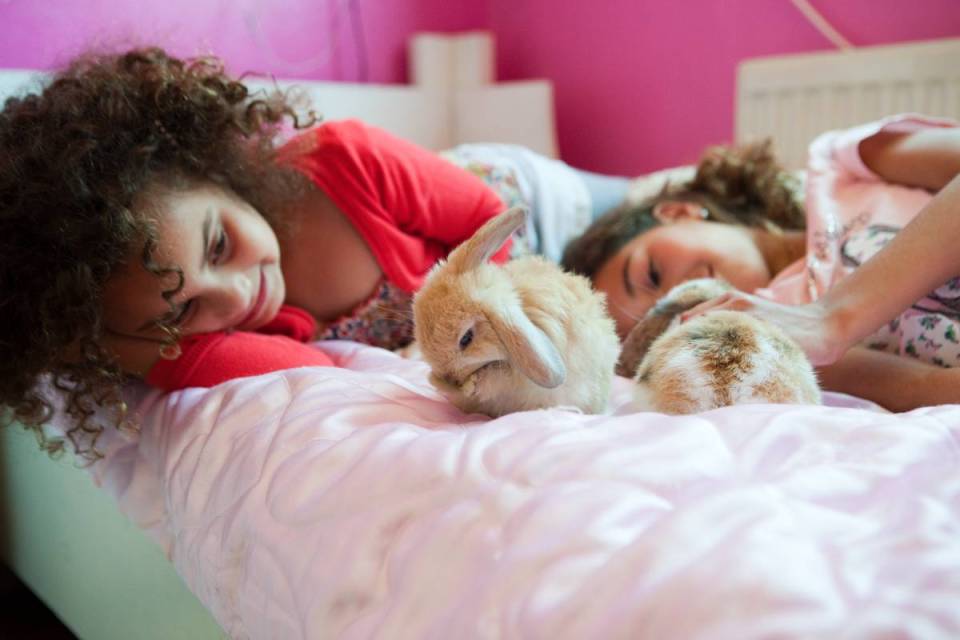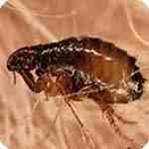
Myxomatosis
Information
Myxomatosis is a serious (but preventable) infectious disease of rabbits. Advances in the knowledge of disease transmission, diagnostic tools and the introduction of effective vaccines have enabled the control of losses related to this disease. For further information on caring for your rabbit, please click here.
Aetiology
The causative agent of myxomatosis is Myxoma virus. First recognised in Uruguay in the late 19th century, it was introduced into Australia in the middle of the 20th century to control the rabbit population. It is now virtually worldwide with the European rabbit more severely affected by disease than its American counterpart.

Epidemiology
Myxomatosis is most commonly introduced into the group via infected animals shedding the virus from lesions with spread by direct contact. Myxomatosis may also be spread by rabbits being bitten by fleas or mosquitoes that have fed on an infected rabbit. Myxoma virus does not replicate in insect hosts, but can be physically carried on an insect’s mouthparts. The virus can remain alive in the blood of hibernating fleas over the winter. However as this virus can also spread directly between rabbits in close contact, it is not possible to control the spread of disease purely by eliminating blood-sucking insects.
Clinical Signs
The first signs of infection are puffy, fluid filled swellings around the head and face. “Sleepy eyes” are another classic sign, along with swollen lips, tiny swellings on the inside of the ear and puffy swellings around the anus and genitals. Within a day or so, these swellings can become so severe that they can cause blindness. Eating and drinking becomes progressively more difficult and death usually follows within 12 days.
Diagnosis
The diagnosis of myxomatosis is made by recognising the clinical signs, biopsies of the lesions, and isolation of the Myxoma virus. Diagnosis may also be made post-mortem (after death).

Control
Control of myxomatosis is based on three equally important aspects:
a) Keep wild rabbits away from pet rabbits.
b) Control of insect parasites – Myxomatosis is commonly spread via blood-sucking insects and in this respect flea control is vital. Useful flea control methods include a variety of spot-ons and sprays. Consult your vet for details. Mosquito control is more difficult but insect repellent strips and nets can be used. Dry bedding will also discourage mosquitoes.

c) Vaccination – There is a combined vaccine available that can be used to immunise your rabbit against myxomatosis and viral haemorrhagic disease. A single inoculation will provide immunity against both diseases. This product may only be prescribed by your veterinary practitioner from whom advice must be sought. For further information on myxomatosis and its control please click here.

